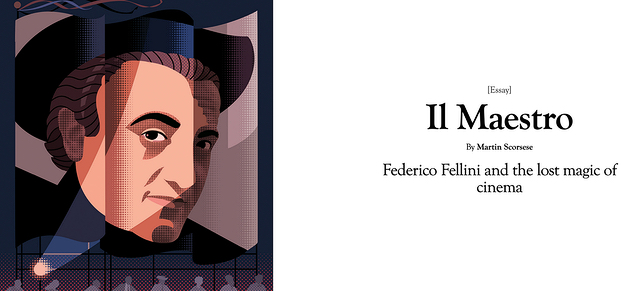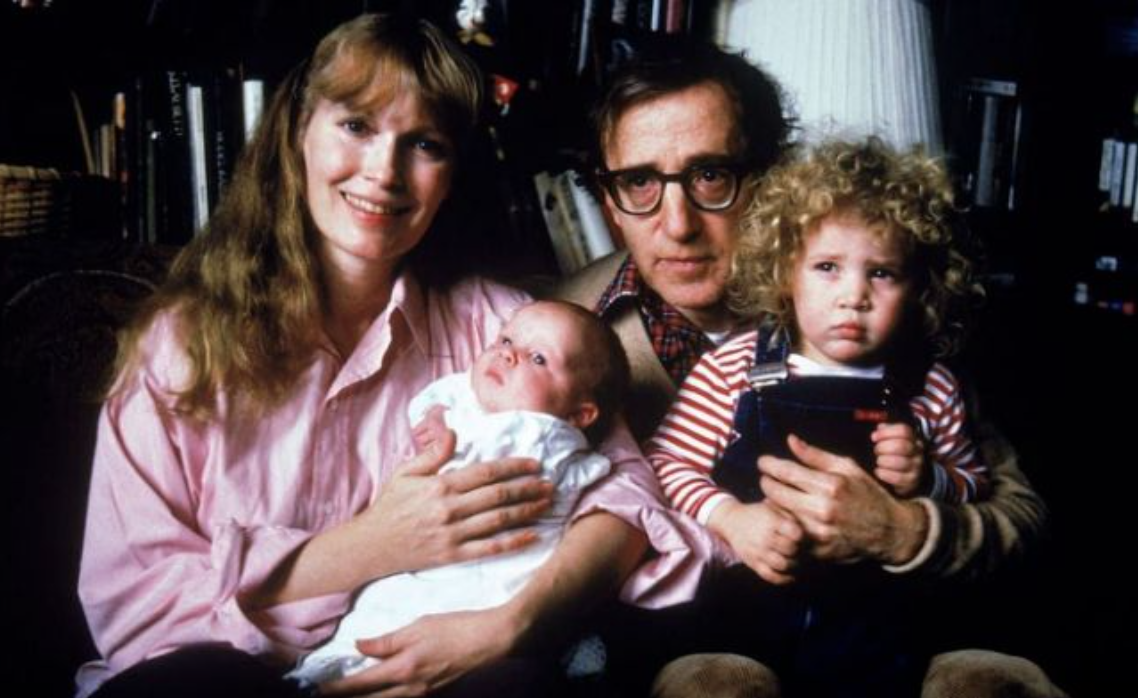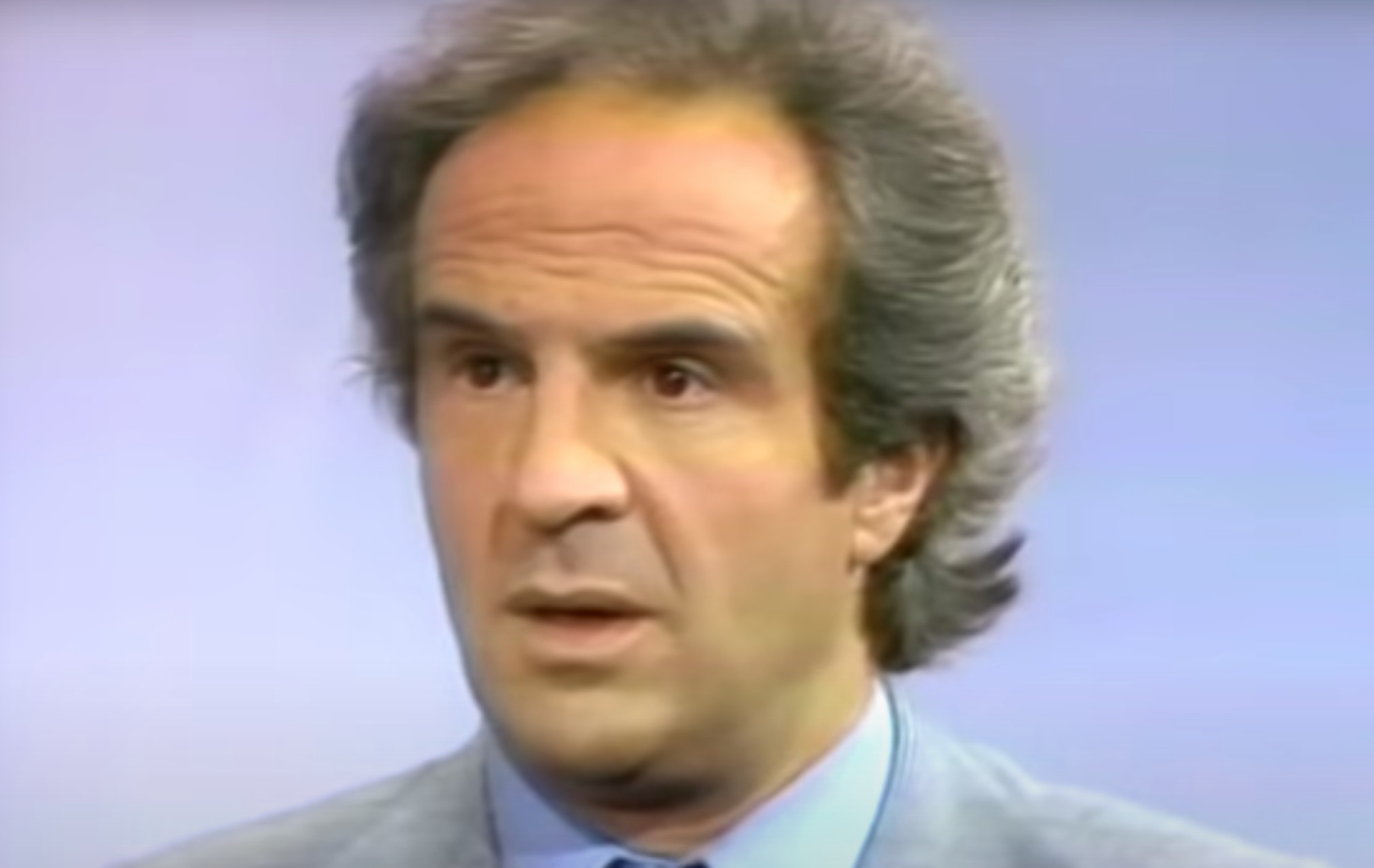Four or five years ago, a certain multi-word mantra began to get around in entertainment-related journalistic circles. The mantra was this: “Get with the ‘woke’ Khmer Rouge program — embrace the notion that almost all straight white guys are evil or at least deplorable on some level, that people of color are blessed and need to be embraced and exalted every which way, and that the time has come for women who’ve been sexually harassed and/or discriminated against to be avenged — or forget about working as a front-line journalist.”
In short, the time had come for a little reverse discrimination against white males. Was this viewpoint justified? Yes — absolutely, abundantly and to hell with due process. Bully boys in powerful positions had earned this enmity for centuries, and now the tables had turned and a lot of powerfully corroded whiteys were hauled before courts (legal as well as Twitter-verse) and the general tone turned to one of condemnation and retribution.
Fairly or unfairly, the message was clear to every seasoned, semi-verified or would-be journalist or critic: talk the talk and walk the walk, or you won’t survive in this industry. Because a revolutionary mind wave, driven by Donald Trump nausea and Harvey Weinstein-esque repulsion, is spreading throughout liberal professions, and those who fail to sign on with enthusiasm will…uhm, have a difficult time of it.
My first significant taste of Khmer Rouge hysteria happened in the fall of ’17, as I was on my way to the Key West Film Festival. Indiewire‘s David Ehrlich shrieked like a p.c. banshee when I tweeted to Jessica Chastain that an aspiring film critic not only needs to be talented, tenacious and willing to eat shit, but that it would “help” if he/she is “fetching.” Ehrlich was appalled that anyone would even suggest that an attractive appearance might have something to do with how you’re received in mixed company or by potential employers. I called him a delusional little bitch, of course. 18 months later Bill Maher set him straight.
All to say that when it comes to reviewing Allen vs. Farrow, Kirby Dick and Amy Ziering‘s four-part Woody Allen hatchet-job doc which totally pushes the Dylan-and-Mia view of things, there’s no way for critics in the employ of Variety, The Hollywood Reporter, Indiewire and the Daily Beast to say anything except “hmmm, yeah, maybe, food for thought, who knows?, Allen is toast anyway and he’s probably guilty of what Dylan has long claimed, and this four-part investigation sure makes him look like the devil so he probably is.”
Do we all understand the basic dynamic? These critics are simply not allowed to disagree with the Mia-Dylan case or or quote from Moses Farrow‘s essay (“A Son Speaks Out“) or point out the Woody-exonerating facts. If they divert from the party line, they’ll be in trouble and they know it.
I haven’t seen Allen vs. Farrow (it premieres on HBO Max this weekend) but the hanging-judge reviews by Indiewire‘s Ben Travers and the Daily Beast‘s Marlow Stern speak for themselves. These guys were clearly wokester Woody haters before they watched the series. Then again the THR and Variety reviews don’t really come up for air either.
HE’s overwhelming impression is that the Dick-Ziering doc is a one-sided hatchet job. Elite wokester journas, to repeat, are so sold on and submerged within the faith of #MeToo deliverance and historical righteousness (which, on its own terms, is not disputed in the slightest by HE) that there’s only one way to review this four-part doc, and that’s by ignoring the facts and dismissing Woody’s denials and and Moses Farrow’s account of Mia’s psychology and behavior and what happened up at Frog Hollow on that day in August of ‘92. Haters are gonna hate. Deniers are gonna deny.
World of Reel‘s Jordan Ruimy: “Are you surprised by this? Imagine if a trade like THR or IndieWire would actually go against the grain and flat out say ‘this documentary is bullshit‘ and ‘it neglects facts and is one-sided”…the backlash would be so overwhelming that there would be calls for the writer to be fired. It’s fucking sad. Unless you operate your own site you’re basically committing career harakiri if you side against woke and #MeToo narratives.”












